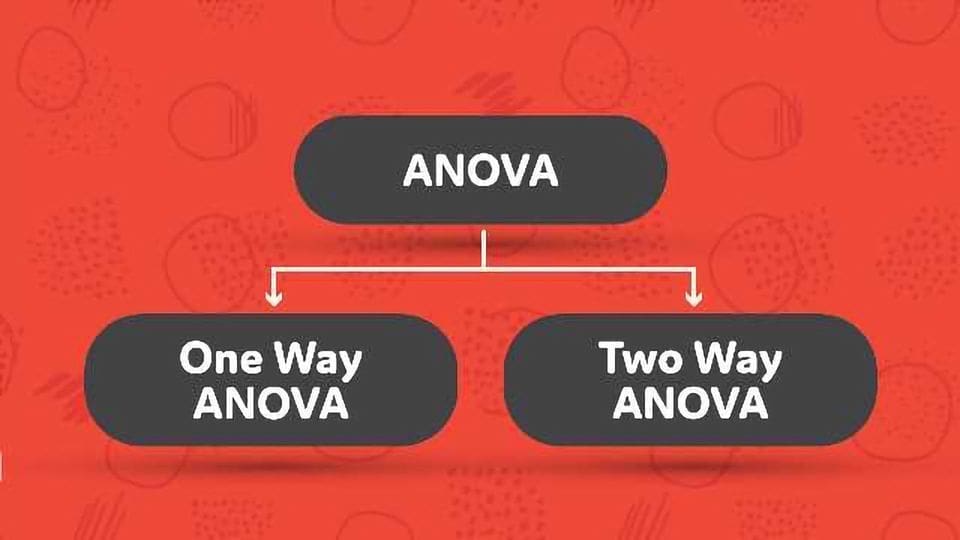Table of contents
Is there a Difference? How to use ANOVA to Find Out
The ANOVA F ratio example is the ratio of two mean square values. If the null hypothesis is true, you expect F to have a value close to 1.0. A large F ratio means that the variation among group means is more than you’d expect to see by chance.
Below is an example of how to calculate the F-Statistic for an ANOVA (Analysis of Variance):
A company produces bags of popped popcorn. The customer’s “Critical to Quality Requirement” is to have the least number of un-popped kernels in a bag. We are going to take data from three vendors to determine if there is a difference in the number of un-popped popcorn kernels between the vendors.
A Six Sigma Green Belt and his team are going to run a hypothesis test with the following settings:
- 1 Factor or Variable (which is the type of Kernel)
- 3 Settings (which in this case are 3 different vendors)
- N = Sample Size of 25 for each vendor (for a total of 75 samples)
Degrees of Freedom (this is the statistical bank account that we have to contribute to)
- Degrees of Freedom of the Factor (Type of Kernel) = 3 Vendors – 1 (=2)
- Total Degrees of Freedom = Sample Size of 25 – 1 (=24)
- Degrees of Freedom of Error (or Unexplained) = DF Total – DF Factor (=22)
F-Statistic:

Degrees of Freedom for the Factor (2)/ Degrees of Freedom for the Unexplained (or Error) (22)= Critical F-Statistic (2/22)
Look this up in this table: (https://www.statsoft.com/textbook/distribution-tables/#f05)
If you look up a table of F-Values (we are going to say that we will test this at the significance level of 0.05 (at 95% Confidence), so, therefore, we are willing to take only a 5% risk of being wrong) you will find that the:
If the Calculated F-Value is less than the Critical F-Statistic of 3.44, then we “Accept the Null Hypothesis.”
- Null Hypothesis (H0): “There is no difference in the number of un-popped kernels between vendors”
- Alternative Hypothesis (Ha): “There is a difference in the number of un-popped kernels between vendors”
- Alpha is 0.05
Note* The F statistic must be used in combination with the P value when you are deciding if your overall results are significant. If you have a significant F Statistic, it doesn’t mean that all variables are significant. The F-Statistic might be indicating that one is different. There might not be enough difference to cause the Statistical Validity of the test to be questioned.
Here is a resource for the Table with the Critical F-Statistic Values:
https://www.statsoft.com/textbook/distribution-tables/#f05



















